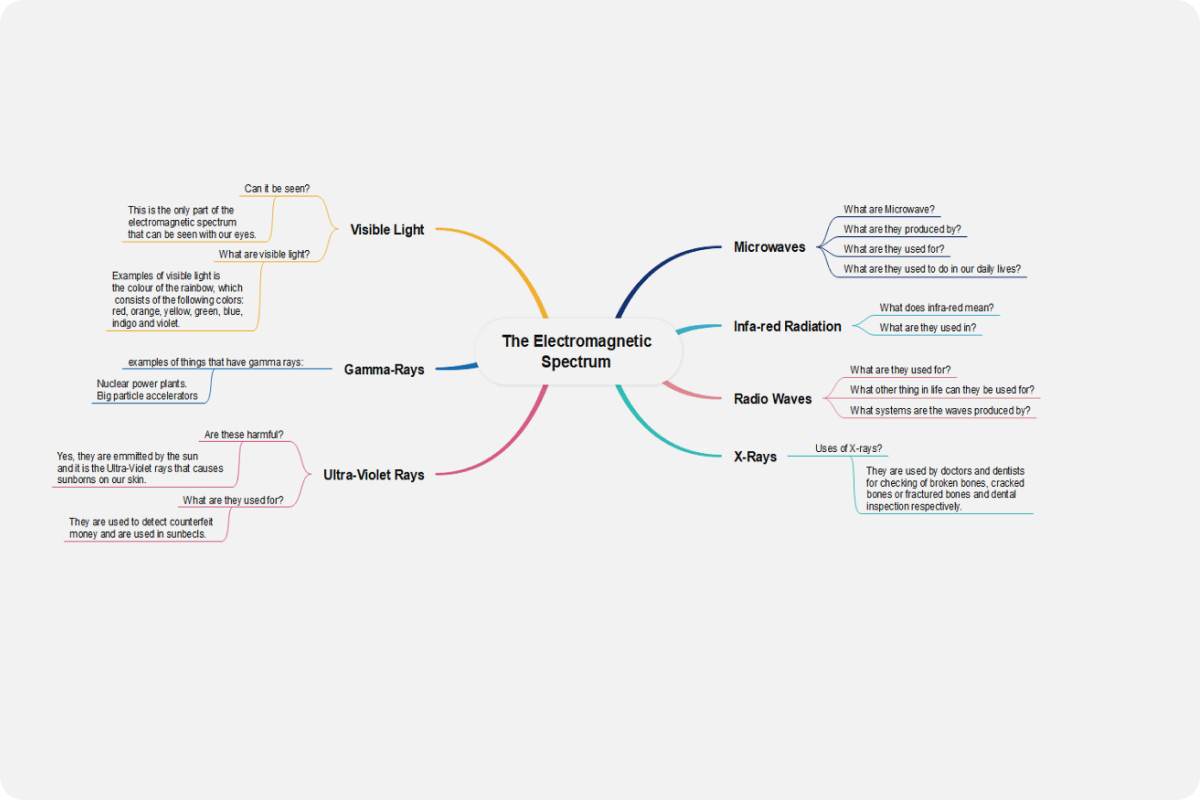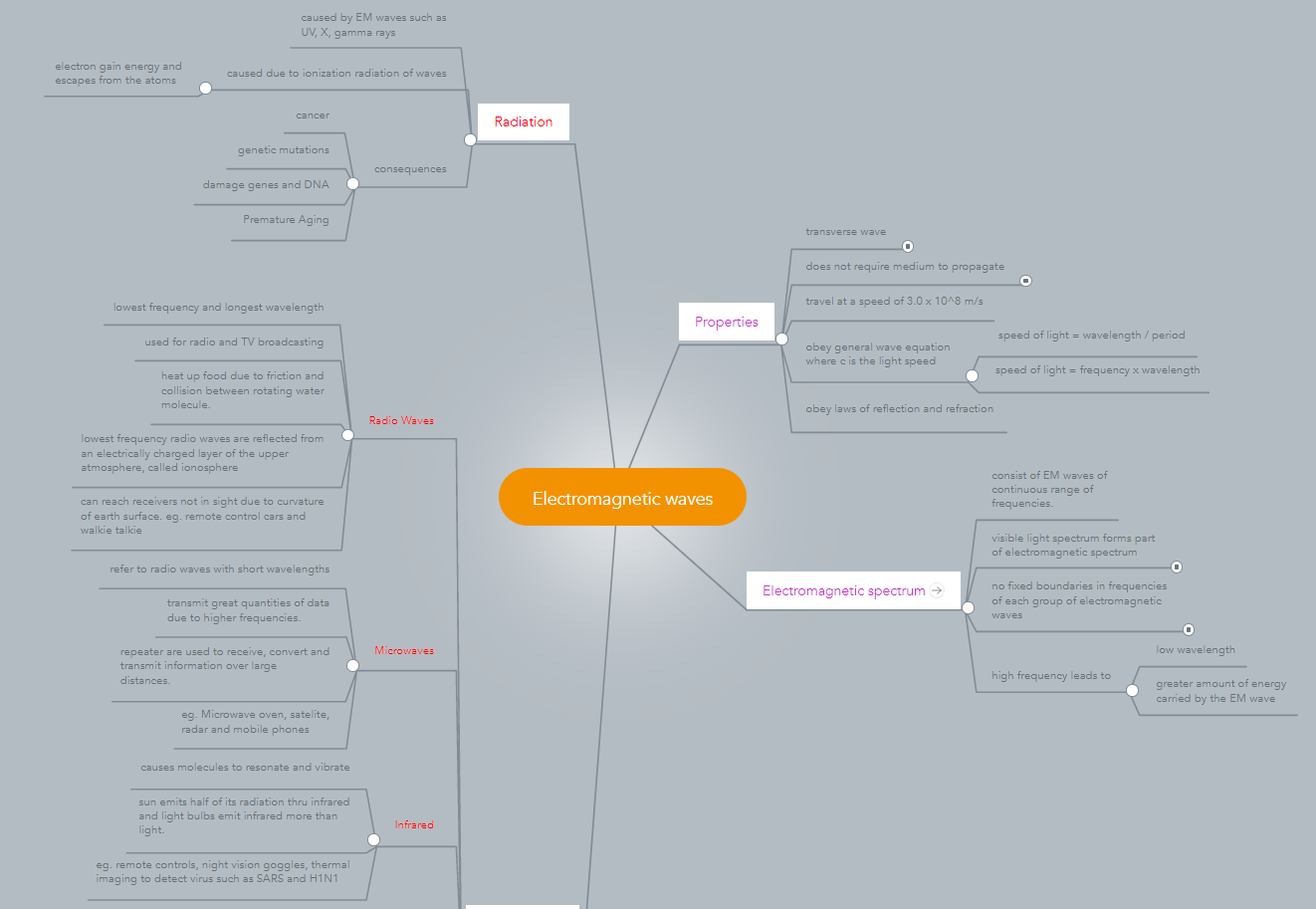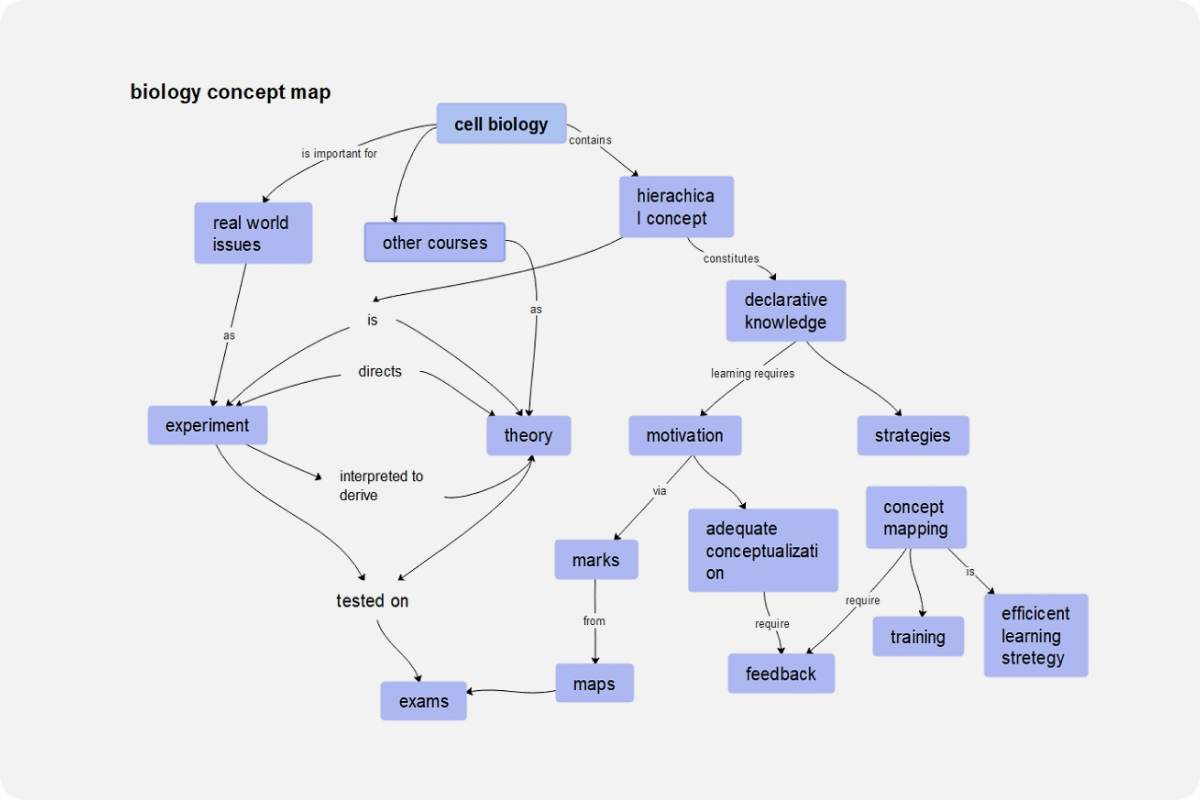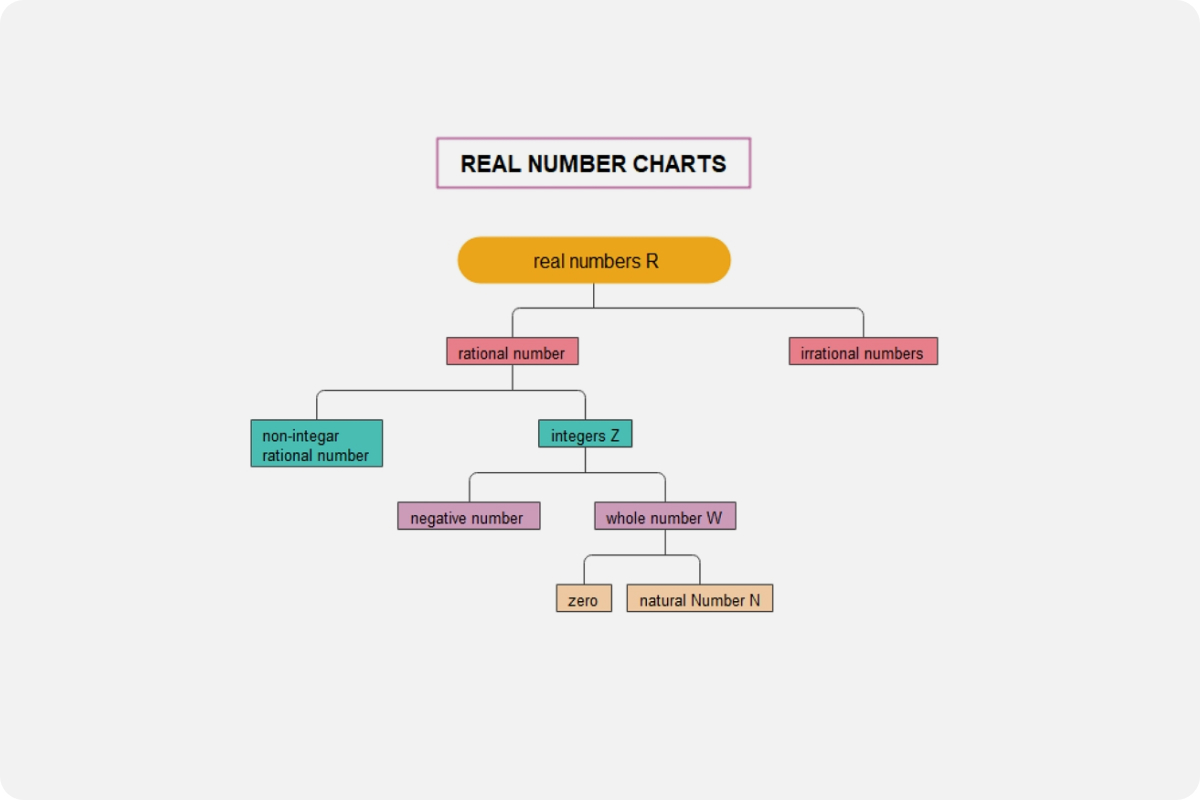What are electromagnetic waves?
Electromagnetic waves, or EM waves, are formed when an electric field and a magnetic field vibrate together. Electromagnetic waves, in other words, are made up of fields that are oscillating and electric. Static electricity is like the energy that makes your hair stand up on the back, which may be dangerous. Magnetism may also be static, as in the case of a fridge magnet. A changing magnetic field will cause an electric field to change, and likewise, these two are intertwined.
A brief history of discovery
A Scottish physicist called James Clerk Maxwell created a scientific hypothesis to explain electromagnetic waves in the 1860 and 70s. According to what he observed was that electrical and magnetic forces may combine to generate electromagnetic waves. He put together what is now known as "Maxwell's Equations" to summarize the link between electricity and magnetism.
Maxwell's ideas were applied to the creation and reception of radio waves by Heinrich Hertz, a German physicist. His radio wave experiment solved two difficulties. First, he had shown what Maxwell had only hypothesized — that the velocity of radio waves equaled the light velocity! This established the fact that radio waves were a kind of light! Second, He also discovered the way to separate electric fields and magnetic fields from wires and let them travel freely electromagnetic waves.
How are electromagnetic waves used in everyday life?
Artificially created electromagnetic waves affect everyday life: microwave ovens that are used to heat food, radar waves guide planes, television sets receive electromagnetic waves broadcast by transmitting stations, and heaters emit infrared waves that offer warmth.
- Cell Phone radiation It has been proposed that cell phone radiation can cause cancer and the development of fatal brain tumors. Radiofrequency has only one observable effect: warmth. When you talk on the phone for any more than 20 minutes, you may detect a mild temperature reaction in your skin and ears. Because of this apparent side effect, some people fear that regular mobile phone usage might cause cancer due to the thermal impact.
- Microwaves Microwaves are used to heat food and communicate through satellites. Microwaves with high frequency have frequencies that are easily absorbed by food molecules. When molecules absorb microwaves, their internal energy rises, resulting in heating. Microwaves readily penetrate through the atmosphere, allowing them to communicate between ground stations and satellites in orbit. Water may be sterilized and made safe to drink by exposing it to ultraviolet light, which kills germs present in the water. Ultraviolet light is also beneficial to the skin since it aids in the production of vitamin D. Too much Ultraviolet exposure, on the other hand, might create skin issues.
- Radio waves The use of radio waves in communication, like tv and radio, is common. Radio waves are transferred directly through the air. If ingested by the human body, they do not cause serious harm, and they can be reflected to reverse their orientation. They are great for communications because of these characteristics.
- Visible light The light that humans can see is known as visible light. It's employed in fiber optic communications, where coded light pulses flow from a source to a receiver through glass fibers.
- UV light Water may be sterilized and made safe to drink by exposing it to ultraviolet light, which kills germs present in the water. Ultraviolet light is also beneficial to the skin since it aids in the production of vitamin D. Too much ultraviolet exposure, on the other hand, might create skin issues.
Electromagnetic waves concept map examples
Example 1
This electromagnetic waves concept map will clear out any misinformation and problem the students might have regarding the electromagnetic waves. This concept map visualizes its types, usage relationship between the waves straightforwardly and concisely.









